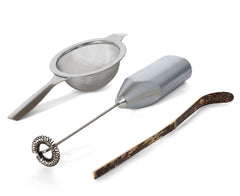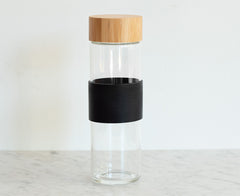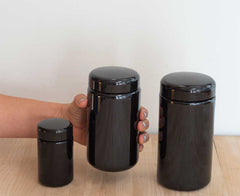Green tea encapsulation by means of high pressure antisolvent coprecipitation
Author: M.V. Sosa and S. Rodríguez-Rojo and F. Mattea and M. Cismondi and M.J. Cocero
In this work, green tea polyphenols were coprecipitated with a biodegradable polymer (poly-ɛ-caprolactone, MW: 25,000) by a semi continuous supercritical antisolvent process (SAS). Carbon dioxide was used as antisolvent in addition to be a dispersing agent. Green tea extracts were obtained by microwaved assisted extraction (MAE) technique with acetone. The influence of different process parameters, including the operating pressure (8–12 MPa) and temperature (283–307 K), the polymer to solutes concentration (w/w) ratio (4–58), and the CO2 to solution mass flow rate ratio (4–10) have been studied experimentally. Total content of polyphenols, quantified according to the Folin-Cicalteu method, showed concentrations from 60 to 100% of the maximum theoretical composition. Also HPLC analyses were performed to verify the presence of some of the major tea catechins. SEM images of the products show small particles (3–5 μm) with narrow particle size distribution with a high degree of agglomeration. Drug release profiles in phosphate buffer (pH = 6.8) reveal that the majority of catechins are encapsulated in the crystalline domains of the polymer.



